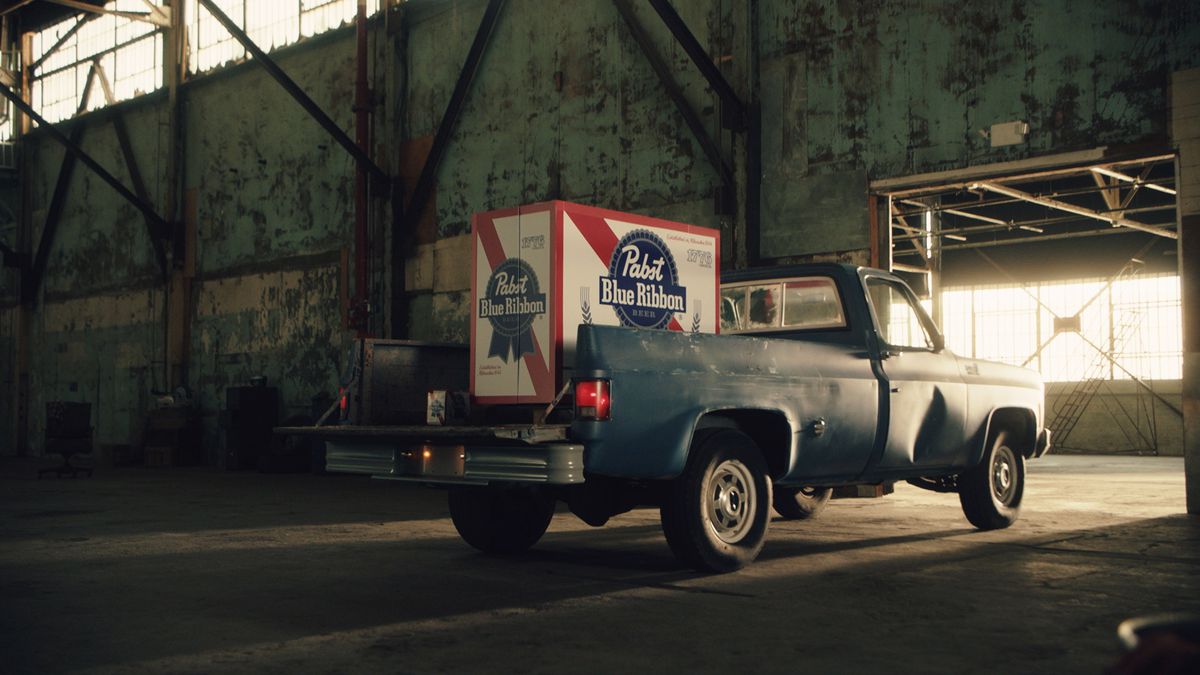
For folks who are not wine-savvy, navigating the myriad wine labels in a wine shop or grocery store wine department can be as intimidating as going up against Chuck Norris in a kick-boxing match.
As a former wine store employee, I know that many wine buyers have scant knowledge of wine. Understanding wine is a vast undertaking, encompassing such disciplines as chemistry, agriculture, geophysics, meteorology and the culinary arts. Labels range from gaudy and colorful to plain designs that look like they were created on a home printer. There are myriad terms out there, often in foreign languages, such as “mis en bouteille au chateau” or “halbtrocken.” To heighten the confusion, many wines have no description on the back label telling you what they taste like.
Obviously, the easiest solution to this dilemma is to find a wine shop or grocery store that has a wine consultant to help with your selection.
If a wine shop rep or consultant recommends a wine to you without first asking a few questions to determine what kind of wine you like, beware! Everyone has different tastes and there are plenty of people who would prefer a $10 bottle of white zinfandel over a $400 bottle of Bordeaux. Why? Because some people prefer a light and sweet wine to a dry, tannic and complex red. Everyone has their own unique set of taste buds and olfactory nerves. A competent consultant will determine where your palate and wallet are before making a recommendation.
Many wine folks will suggest something based on a numerical score awarded by a wine publication. “This wine was rated 96 points in the Wine Dictator,” they will say. Bear in mind that the wine might have been evaluated by someone with a palate completely different from yours, so a description of what the wine tastes and acts like is much more useful than a number.
Suppose you find yourself at a store with no consultant. What then?
First, do you prefer red, white or pink wine? This attribute can usually be determined by looking at the bottle, although there are a few white wines out there that reside in such darkly colored glass bottles that they look like red unless you hold them up to the light.
The second thing to determine is how sweet the wine is. Bear in mind that almost all white zinfandel is sweet. There are dry roses out there that are the same color as sweeter ones. Many wines will describe the sweetness level or use terms like “off-dry” or “half-dry.” Remember that “dry” means not sweet, so a wine referred to as “off-dry” or “half-dry” is actually somewhat sweet. The German term “halbtrocken” means half-dry.
Another trick is to scrutinize the label to locate the alcohol content. Most fine wines are fermented completely dry, meaning almost all the sugar has been converted to alcohol. These wines will range from 12% to 16% alcohol by volume. If a wine has an alcohol content of 10% or less it is probably sweet. This does not apply to port or sherry, since they have brandy added to fortify the alcohol content.
If you prefer sweet wine and would like to branch out beyond white zinfandel, try a German wine. I know the labels are difficult to read, but just look for the term “spatlese.” This means “late harvested” and will usually be sweet and significantly more interesting than white zinfandel.
Moving on to red wines, remember that most are dry. Red wines are made by crushing and fermenting the entire grape, including the skin and seeds, so they contain tannins. White wines are made by pressing out the juice and discarding the skins and seeds, so they do not contain tannin. Tannin is a bitter taste similar to a strong unsweetened tea or biting into an aspirin, as an extreme example. The levels of tannins vary, with cabernet sauvignon and malbec being very tannic and merlot and red zinfandel less so. Tannic wines pair well with fatty meats such as steak, roast or lamb because tannins cut through the fat.
New World wines are usually named for the grape variety. Examples are chardonnay, sauvignon blanc, cabernet sauvignon, shiraz and merlot. European wines are usually named for their place of origin, often without any reference to the grape variety. To help figure out where the wine is made, look at the back label. It will almost always list the producer’s name and location. Don’t assume that a wine labeled as Chateau Maurice is French, because the word chateau has been co-opted by wineries everywhere.
Place-named French and Italian wines such as Cotes du Rhone and Chianti are strictly regulated as to what grapes they can contain and the production techniques that can be used. For example, a Cotes du Rhone is made from grenache, syrah and mourvèdre grapes, but the label may not tell you that. Chianti is primarily sangiovese, a red grape that has an affinity for tomato sauce-based dishes. The term “mis en bouteille au chateau” means that the grapes were grown and made into wine all at the same location or chateau. The New World equivalent to this term is “estate bottled.” In theory, if the same folks grew the grapes and made the wine, they had quality control over the entire process ensuring a quality wine. Terms like “vinted and botted by …” or “cellared and bottled by …” mean that the winemaker purchased grapes, juice or possibly pre-made wine and completed the vinification process. These types of wine can be delicious and they tend to cost less than chateau- or estate-bottled wines, but you never know until you taste them.
Many wine customers say they buy wine based on the label since they don’t know much else. This is very true! Many wineries are constantly redesigning their label to be more colorful and attention-grabbing since they know that in many settings, the label sells the wine. Conversely, great wine estates such as Chateau Margaux and Petrus almost never make changes to their label. The reason is that these wines have a long-established reputation and are in great demand. You are unlikely to see these examples on a wine store shelf, but they might be in the lock-box.
If you would like to learn more, invest in a book. “Windows on the World Complete Wine Course” by Kevin Zraly is a great introduction to the world of wine. I have to head back to the ring now. Chuck Norris is waiting.
June 09, 2021 at 11:00AM
https://ift.tt/350OSLp
Good Libations: Choosing a wine you like shouldn't have to be intimidating. Here are some tips (copy) - Roanoke Times
https://ift.tt/31lUVcw
Wine

No comments:
Post a Comment